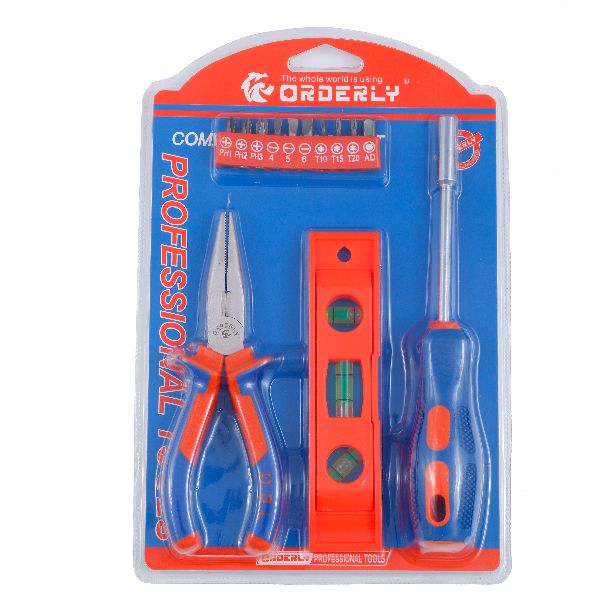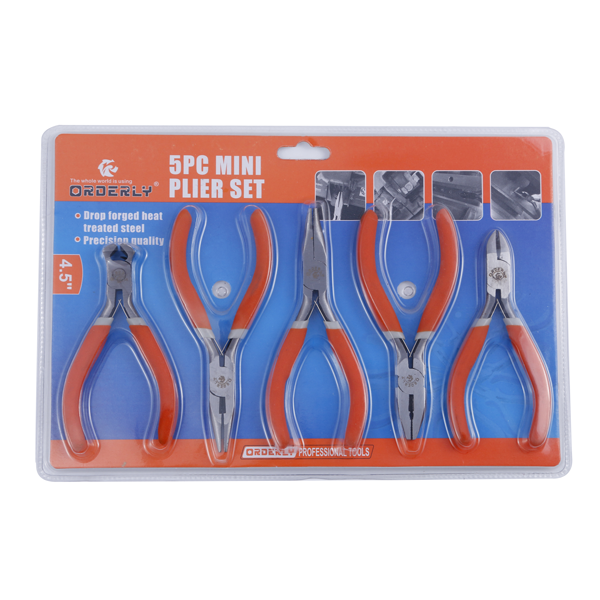Exploring the world of metalworking unveils a variety of tools essential for shaping, smoothing, and finishing metals. Among these, hand scraping tools stand out for their precision and the fine surface finish they can achieve. These tools, often underrated, play a pivotal role in the maintenance and creation of metal parts with exceptionally tight tolerances. This article delves into the types, uses, and selection tips for hand scraping tools in metalworking, providing invaluable insights for both seasoned metalworkers and hobbyists aiming to enhance their craftsmanship.

Understanding Hand Scraping in Metalworking
Hand scraping is a manual process used in metalworking to create a flat, smooth surface on metal parts. It involves the removal of very small amounts of material using a scraping tool, allowing for high precision and the achievement of fine finishes that are often unattainable with machine tools alone. This technique is not only essential for the finishing touches on machined parts but also plays a critical role in the maintenance and repair of machinery by ensuring mating components fit together perfectly.

Types of Hand Scraping Tools
The market offers a wide range of hand scraping tools, each designed for specific applications and materials. The most common types include flat scrapers, triangular scrapers, and bell scrapers. Flat scrapers are versatile tools used for creating smooth, flat surfaces. Triangular scrapers, with their three sharp edges, are ideal for getting into tight corners or intricate areas. Bell scrapers, on the other hand, are specifically designed for curved or rounded surfaces, making them invaluable for detailed work. Each type comes in various sizes and blade configurations to suit different materials and tasks.
Choosing the Right Hand Scraping Tool
Selecting the appropriate hand scraping tool requires consideration of the material you’re working with and the specific task at hand. The tool’s blade material, such as high-speed steel (HSS) or carbide, plays a significant role in its durability and effectiveness. HSS blades are generally more affordable and suitable for a wide range of materials, while carbide blades offer extended durability and are ideal for harder metals. Additionally, the shape and size of the scraper should align with the detail and scale of the work. Ergonomics and handle design are also important factors to ensure comfort and control during prolonged use.
Essential Tips for Effective Hand Scraping
Mastering hand scraping requires practice and attention to technique. One essential tip is to maintain a consistent angle and pressure to achieve a uniform surface. Regularly sharpening the scraper blade is also crucial for optimal performance and precision. When working on flat surfaces, using a marking compound can help identify high spots that need further attention. Additionally, employing a systematic approach, such as working in a grid pattern, ensures thorough coverage and results in a more uniform finish.
Implementing Hand Scraping in Your Metalworking Projects
Incorporating hand scraping into your metalworking projects enhances the quality and precision of your work. Beyond surface finishing, this technique is invaluable for fitting parts with tight tolerances, refurbishing worn machinery parts, and achieving a craftsman-like quality in custom fabrications. With a deep understanding of the tools and techniques presented, both professionals and hobbyists can significantly benefit from the precision and finish that hand scraping provides.
In conclusion, hand scraping tools for metal are indispensable assets in the metalworker’s toolbox, offering a level of precision and finish that elevates the quality of any project. Whether you’re involved in maintenance, custom fabrication, or precision engineering, understanding the types, uses, and proper techniques of hand scraping will greatly enhance your craftsmanship and the success of your metalworking endeavors.
